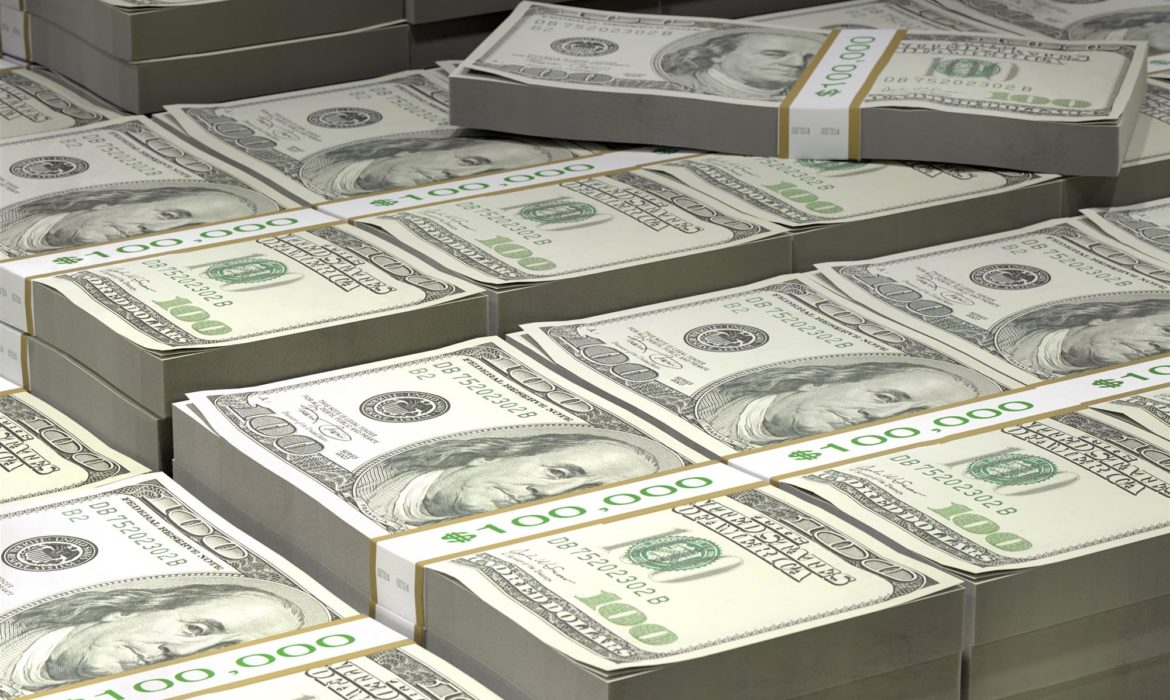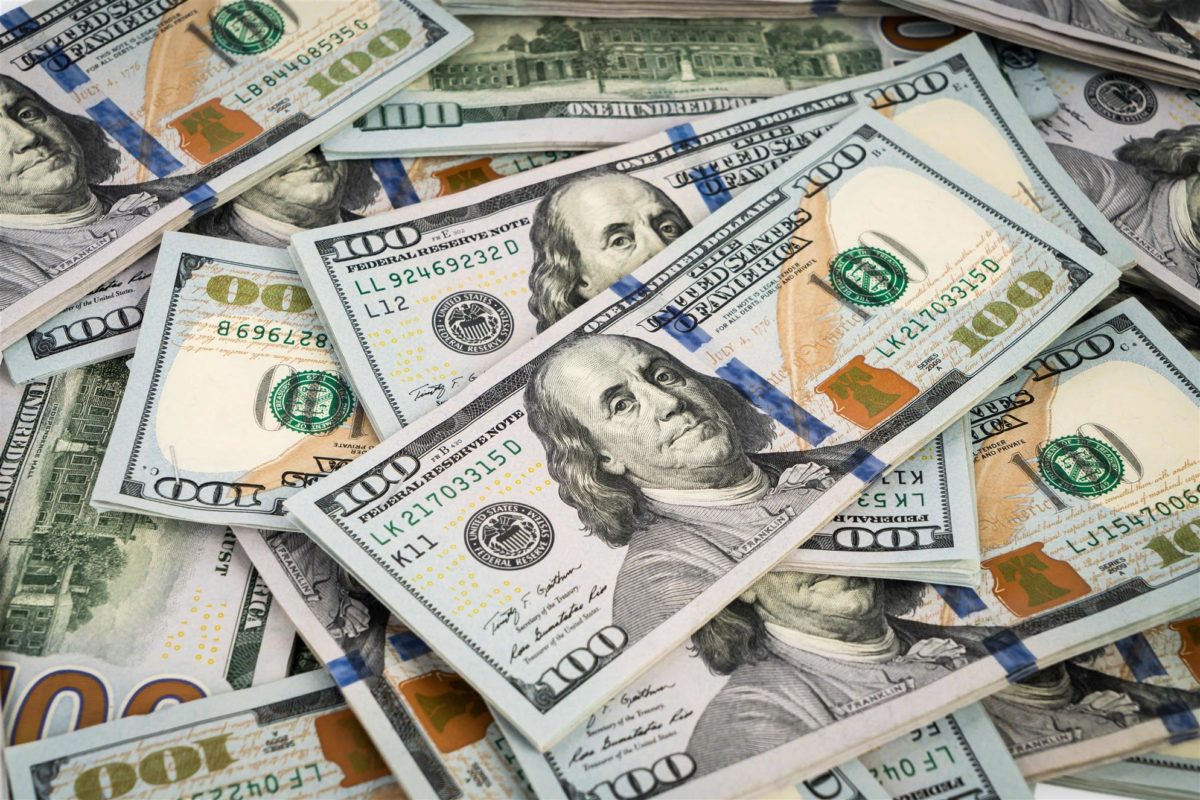The world’s most powerful currency declined from its recent 20-year high on Friday. Nevertheless, the U.S. dollar was still on track for its best month since 2015, having been boosted by a combination of expectations for U.S. rate hikes and growth concerns in China as well as Europe.
At 10:47 GMT, the dollar index which tracks the greenback against a basket of currencies was down on the day at 102.98, but still on course for a 4.8% gain in April.
Weaker-than-expected U.S. growth data on Thursday did little to stop the greenback’s rise, with investors still expecting a 50 basis point rate hike at the central bank’s meeting in several days.
Dollar and other major currencies
Other currencies benefited from the situation, with the euro up 0.6% on the day at $1.05655.
Nevertheless, the single currency was on track for a 4.5% monthly drop, its biggest fall since 2015.
It lost around 6.6% versus the U.S. dollar since Russia’s invasion of Ukraine on February 24.
The war in Ukraine is one of the biggest challenges for the whole world. It directly or indirectly affected various industries. Unfortunately, the war is not over yet. The situation is very bad in many places across the country, as Russia continues to attack Ukraine.
People should keep in mind that Euro zone inflation rose to 7.5% this month.
The U.S currency reached great results against the Japanese yen. The U.S. dollar stayed above the key 130 psychological 130 level, at 130.085. One day earlier, the U.S. currency crossed 130 for the first time in 20 years. The Bank of Japan’s decision regarding its super-low yield policy helped the U.S. dollar to surpass the key psychological level on Thursday.
In the meantime, the British pound rose to $1.2572 as the U.S. currency weakened, but was still set for its biggest monthly drop since 2016.















